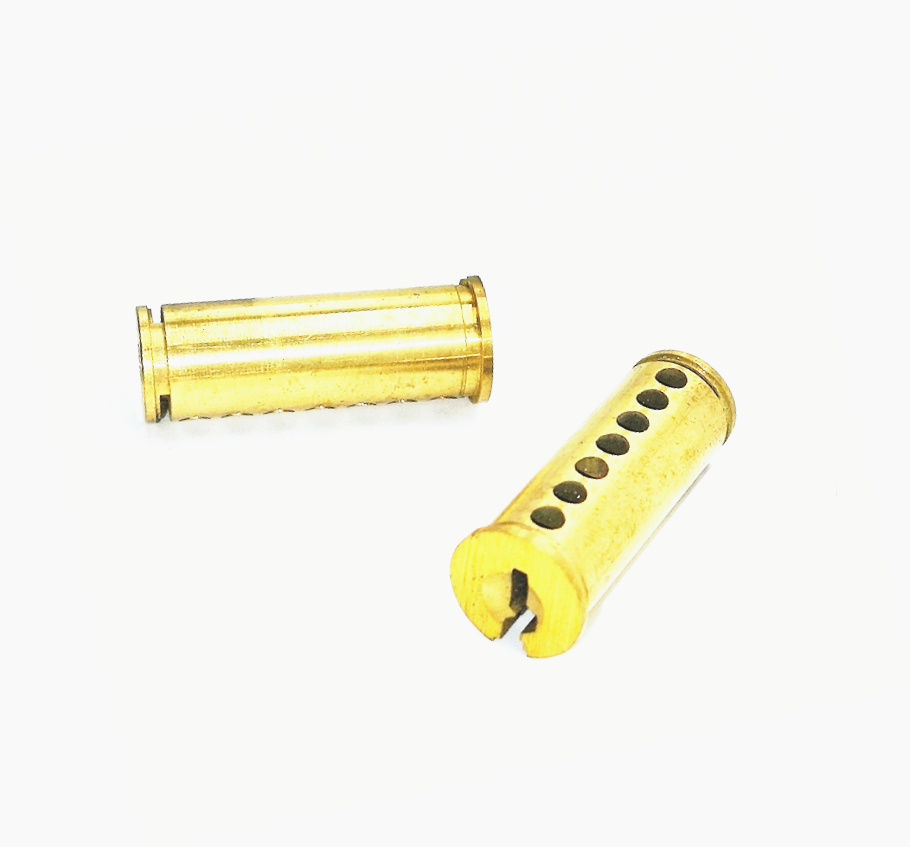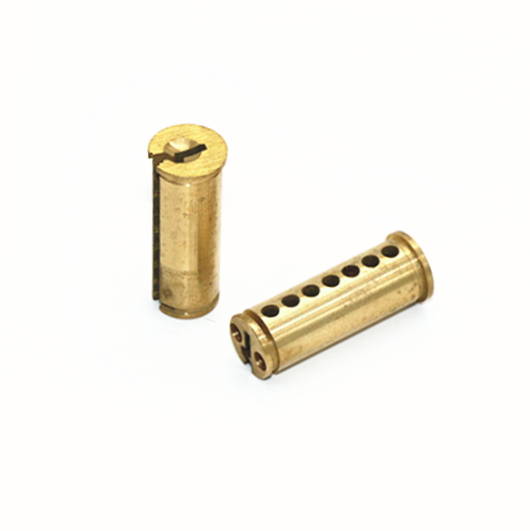Lock cores, the heart of every lock, play a crucial role in our daily lives. They provide security and peace of mind, safeguarding our homes and possessions. What is the most common lock core? The most common type is the pin tumbler lock core, known for its reliability and widespread use. This lock core uses a set of pins to prevent the lock from opening unless the correct key is inserted. Understanding the function of a lock core is essential, as it forms the basis of our security systems.

Types of lock cores
Locks are like silent superheroes. They protect our homes, our cars, and our treasures. But what makes them work? The answer lies in the heart of the lock, a part called the ‘lock core’. Let’s explore five types of lock cores that keep our world secure.
Pin Tumbler Lock Cores
Imagine a lock as a puzzle, and the key is the missing piece. That’s how a pin tumbler lock core works. It has a series of pins inside. When you insert the correct key, it lifts the pins to just the right height. This allows the lock to turn and open. Without the right key, the pins block the lock’s movement. This type of lock core is very common and is often used in door locks.
Wafer Tumbler Lock Cores
Now, let’s think about a simpler puzzle. That’s what a wafer tumbler lock core is like. Instead of pins, it uses flat, single-piece wafers. The right key aligns the wafers perfectly, allowing the lock to open. You can find these lock cores in cabinets and cars.
Disc Tumbler Lock Cores
Picture a solar system with planets rotating around the sun. That’s similar to how a disc tumbler lock core works. It has a series of rotating discs, each with a slot cut into it. When you insert the correct key, the slots line up, forming a pathway for the lock to open. It’s a neat design that offers good security.
Sidebar Lock Cores
Imagine a lock with a double-check system. That’s what a sidebar lock core is. It has an extra locking mechanism called a sidebar. When you insert the correct key, it not only aligns the pins or wafers but also retracts the sidebar. This gives an extra layer of security, making these locks harder to pick.
Tubular Lock Cores
Finally, think about a lock with a circular design. That’s a tubular lock core. It has a circular keyway and keys. The pins are arranged in a circular pattern, and the key is tubular. These locks are often found on bike locks and vending machines.
What is the most common lock core
The Most Common Lock Core: Pin Tumbler Lock Core
A. Explanation of Pin Tumbler Lock Cores
A pin tumbler lock core is like a puzzle. It has a series of pins that need to be lifted to the right height for the lock to open. This happens when you insert the correct key. Without the right key, the pins block the lock’s movement, keeping it secure.
B. Historical Background
The pin tumbler lock has a rich history. It was first invented by the ancient Egyptians around 4000 years ago. However, the modern version that we use today was patented by an American inventor named Linus Yale Jr. in 1861.
C. Components of a Pin Tumbler Lock Core
A pin tumbler lock core has several parts. The ‘plug’ is the part that turns when you insert the correct key. Inside the plug are several pairs of pins. Each pair consists of a ‘key pin’ and a ‘driver pin’. The key pins are different lengths. When you insert the correct key, the cuts on the key lift each pair of pins so that the divide between the key pin and driver pin aligns with the edge of the plug. This allows the plug to turn and the lock to open.
Factors Contributing to the Popularity: Pin Tumbler Lock Core
The pin tumbler lock core, a typical element in numerous cutting-edge locks, has acquired notoriety because of a few key variables.
A. Security Features
The pin tumbler lock core offers incredible security that makes it a top choice for some. It uses a lot of pins with fluctuating lengths to hold the lock core from opening without the right key. Exactly when the right key slides into the middle, it changes the pins faultlessly, allowing the lock to open. This surprising part gives a raised level of security, discouraging unapproved access and spreading the word about it as a good choice for homes and associations the equivalent.

B. Ease of Installation and Maintenance
Another component adding to the fame of the pin tumbler lock core is its simplicity of establishment and upkeep. Introducing this sort of lock is direct, frequently requiring a couple of essential instruments. Besides, keeping a pin tumbler lock core is basic. Standard cleaning and an intermittent use of grease can keep the lock working flawlessly for quite a long time.
C. Availability and Affordability
The pin tumbler lock core is generally accessible and reasonable, making it open to a wide scope of buyers. You can track down these secrets in different stores and online stages. Moreover, the expense of a pin tumbler lock core is for the most part sensible, settling on it a financially savvy decision for those looking for a protected locking component.
D. Compatibility with Different Types of Locks
The flexibility of the pin tumbler lock core is another engaging element. It is viable with different kinds of locks, including deadbolts, latches, and handle locks. This similarity permits buyers to involve similar keys for various locks, giving comfort and usability.
E. Industry Standards and Regulations
Ultimately, the pin tumbler lock core satisfies numerous industry guidelines and guidelines. These locks are frequently intended to conform to the principles set by associations like the American Public Guidelines Organization (ANSI). Consistency with these guidelines guarantees the locks are solid and protected to utilize.
Last Words
The significance of lock cores, especially the pin tumbler type, couldn’t possibly be more significant. They act as the principal line of guard in our security frameworks, safeguarding our resources and guaranteeing our wellbeing. As innovation progresses, so does the intricacy and adequacy of these lock cores.
